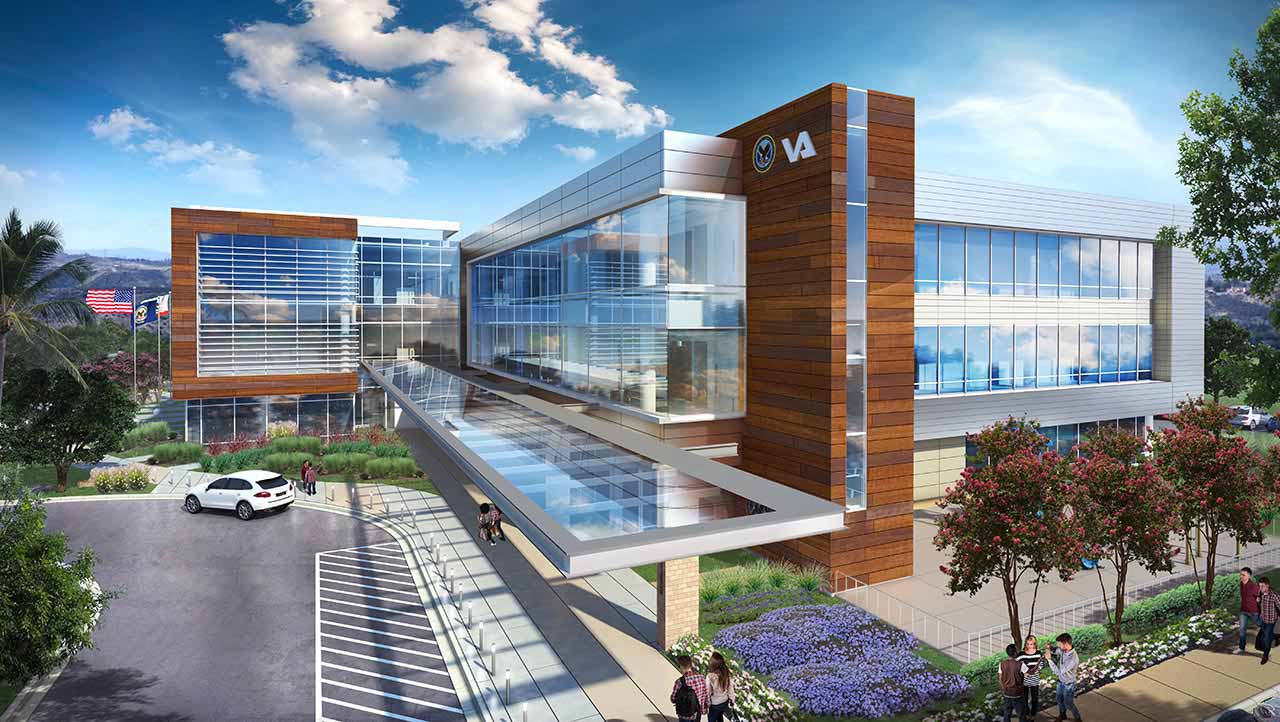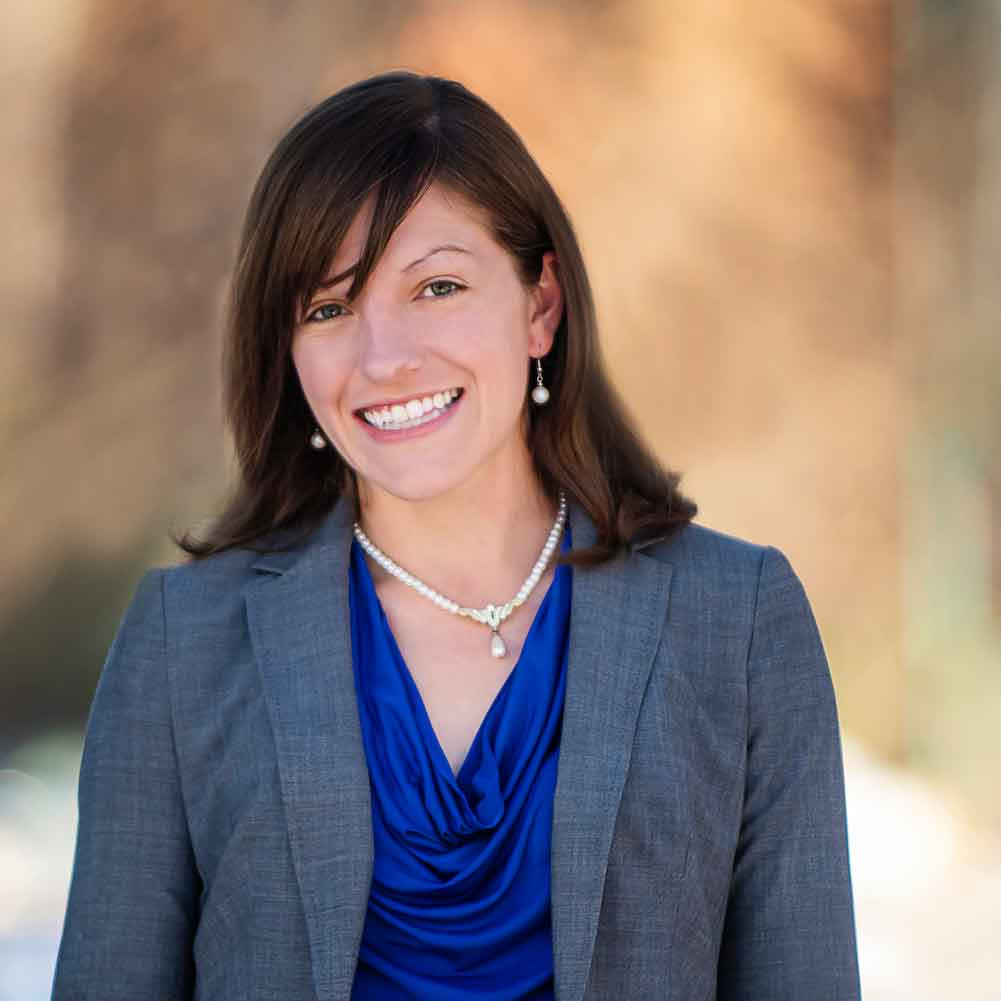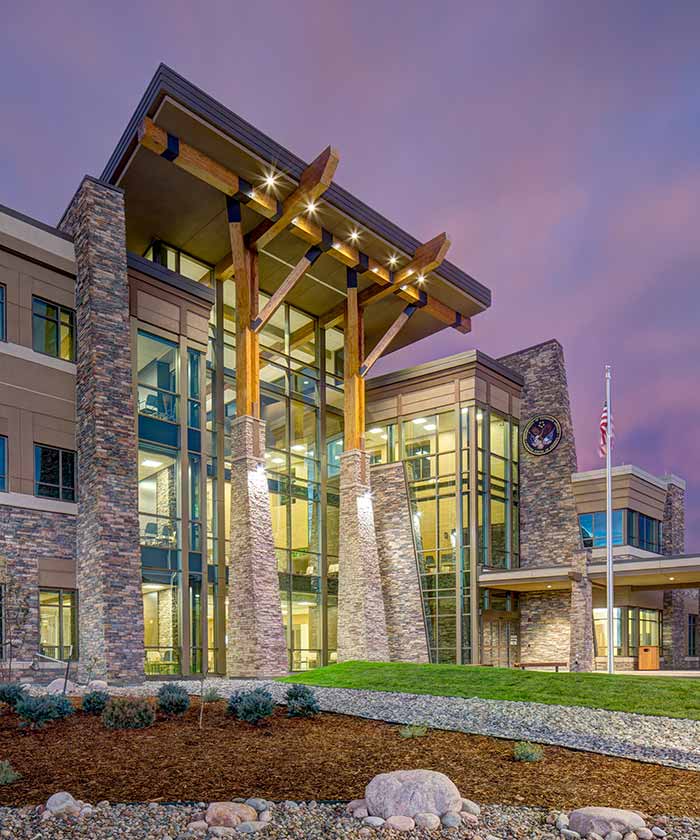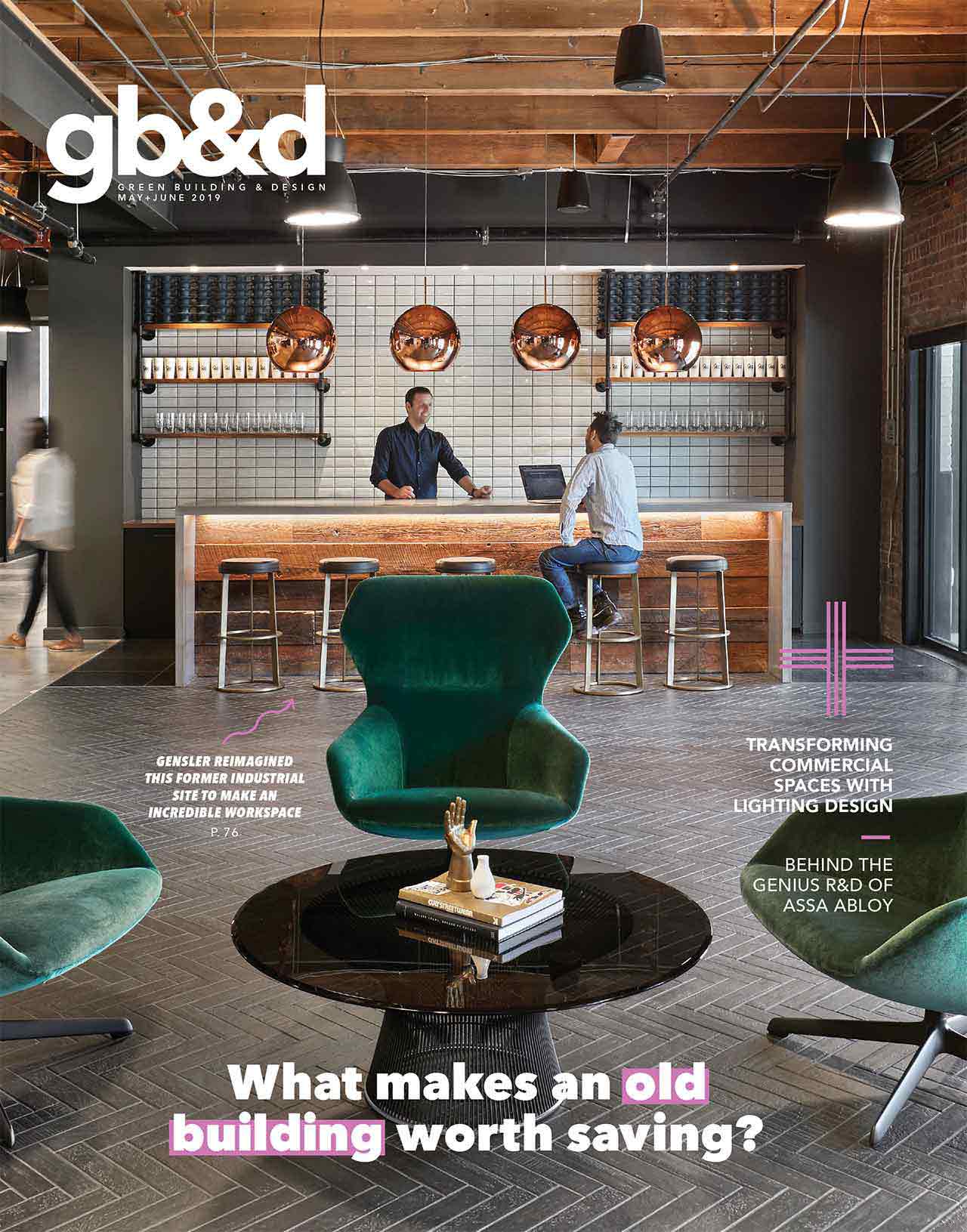The vast majority of consumers want to support companies that implement green practices and policies.

Ashley Eusey worked as the sustainability manager on the San Jose, California VA Hospital project and was instrumental in obtaining a LEED Silver certification on the building. Water use was reduced by 35.10%, energy use was reduced by 38.1%, and 75.81% of the project’s waste was diverted from landfills. [Photo: Courtesy of Hoefer Wysocki]

Architectural engineer Ashley Eusey leads Hoefer Wysocki‘s sustainability team. Eusey has led sustainable design for many of the firm’s projects, including the Department of Veterans Affairs health care clinic in Chattanooga and the Department of Veterans Affairs’ outpatient clinic in San Jose. She is currently leading sustainable design components of the $91 million, 274,000-square-foot Department of Veterans Affairs community-based outpatient clinic in Phoenix, among others. Founded in 1996, Hoefer Wysocki is an interdisciplinary architecture, planning, and interior design firm known for collaborating with clients to create performance-driven solutions.
Although gaining credibility, bias and misconception surround sustainability. High costs, lack of necessity, and negative socio-political associations are among the objections raised when green design alternatives are presented. But these objections can be overcome. What’s the best way to make this happen?
First, do your research. What performance metrics matter to your client? Although statistics—like more thermal insulation increases productivity by 9%, or abundant daylight equals fewer sick days—can be compelling, they’re only effective if they resonate with the owner’s goals. For example, employee benefits are irrelevant to a developer looking to lease or sell off a building soon. They may want to hear that sustainable buildings deliver higher rent and longer-term leases, which in turn attract a higher sale price.

[Photo: Courtesy of Hoefer Wysocki]
On the retail side, while employees are a consideration, driving sales is paramount. For these businesses, statistics on sustainability’s impact on buyer behavior, which have proven to drive sales, will be heard loud and clear. Millennials, for example, will pay a premium for goods for brands that show environmental stewardship. Additionally, more than 90% of global consumers want to see more brands support environmental issues. Hospitals focus on recovery times, and schools value test scores and knowledge retention. Presenting clear data about sustainable design’s impact on relevant outcomes makes a sound business case.

[Photo: Courtesy of Hoefer Wysocki]
Be ready to back up your recommendations with research, past experience, or case studies. Organizations like USGBC and Living Building Institute have searchable case study databases. Sustainable product manufacturers have data to illustrate the financial benefits. Respect your audience, listen to their concerns and values. Present the data and let them draw conclusions and make decisions. As more performance data is generated year-over-year, owners are increasingly realizing the benefits of green building.

